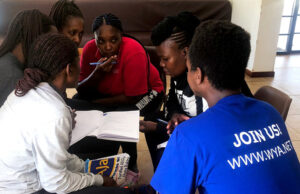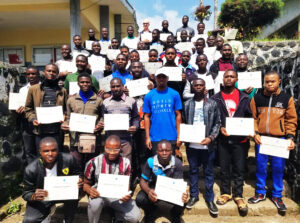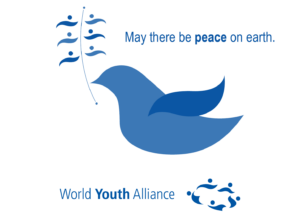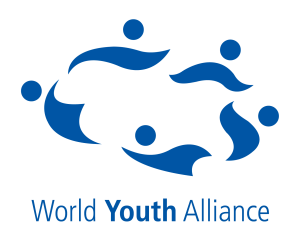A mother’s role in a child’s life is crucial as she cares for them, looks after them, and educates them. She contributes a lot to the lives of her children. A healthy mother gives birth to a healthy child, so that child can participate in the future of a country. But when a mother dies in childbirth, it puts the baby at a greater risk. How difficult it must be for motherless children to receive the adequate nutrition, motherly affection, and education they need.
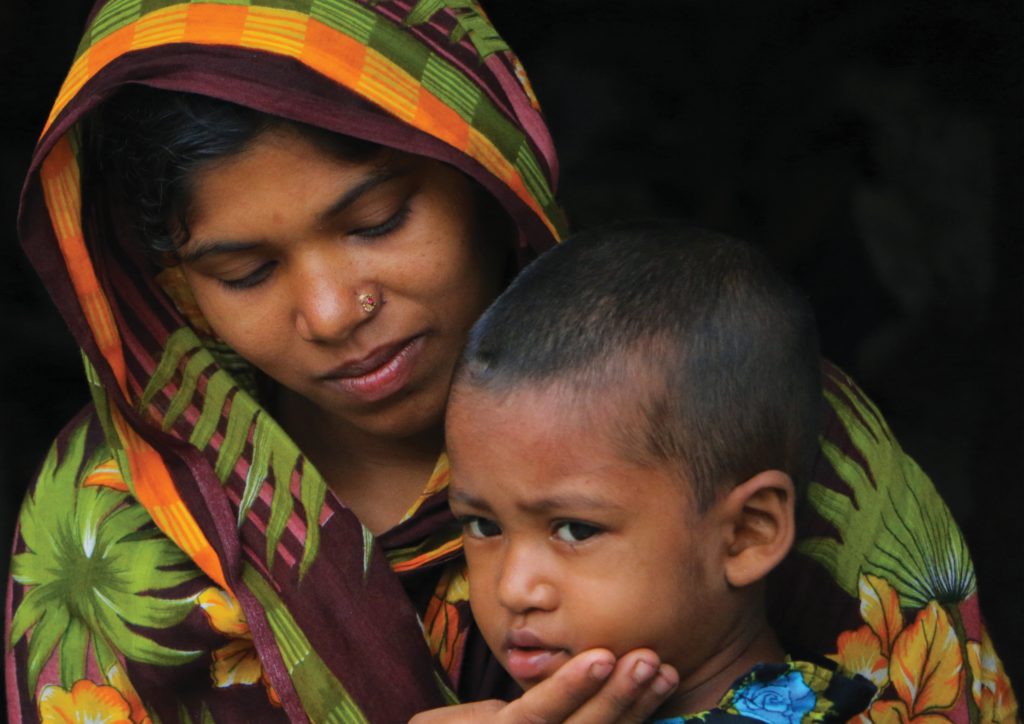
Photo by Adrien Taylor on Unsplash
It is unfortunate that in Bangladesh, the maternal mortality rate was 196 per 100,000 live births, according to the Bangladesh Maternal Mortality and Health Care Survey in 2016 conducted by the National Institute of Population Research and Training (NIPORT). In 2017, Bangladesh maternal mortality rate for 2017 was 173.00, a 6.99% decline from 2016 [Data Source: World Bank]. Amid 20 percent of the total maternal deaths are of adolescent mothers in the three years preceding the 2016 survey. A survey report shows that 134 adolescent mothers per 1 lakh live births died during pregnancy or childbirth. Moreover, the effects of the pandemic are fueling up the numbers of maternal deaths as 14 mothers die every day in childbirth.
The most common cause of maternal deaths was hemorrhage, followed by eclampsia, high blood pressure. According to BMMS [Bangladesh Maternal Mortality Survey] 2016, hemorrhage and eclampsia accounted for 55 percent of all maternal deaths. The NIPORT study also mentioned that 72 percent of the government healthcare clinics don’t have any supply of magnesium sulfate and ergometrine or oxytocin which is used for preventing convulsion for preventing and controlling bleeding after childbirth.
Child marriage is another cause of this issue. It has become an epidemic in the country, shattering the future of thousands of adolescent girls. In Bangladesh, the marriage rate of adolescent girls is 59 percent, and over 113 adolescent girls out of every 1,000, becoming pregnant before the age of 20. Amid this pandemic has fueled up the rate of child marriage in the country, putting adolescent girls at severe risk. Moreover, the Child Marriage Act 2017 by the ministry for women and children’s affairs is allowing adolescent girls to get married at the age of 18, but this can be lowered to 16 with parental consent. This worsens the scenario than ever before. According to World Health Organization (WHO), adolescents (ages 10–19 years) mothers face a higher risk of eclampsia, hemorrhage, sepsis during pregnancy.
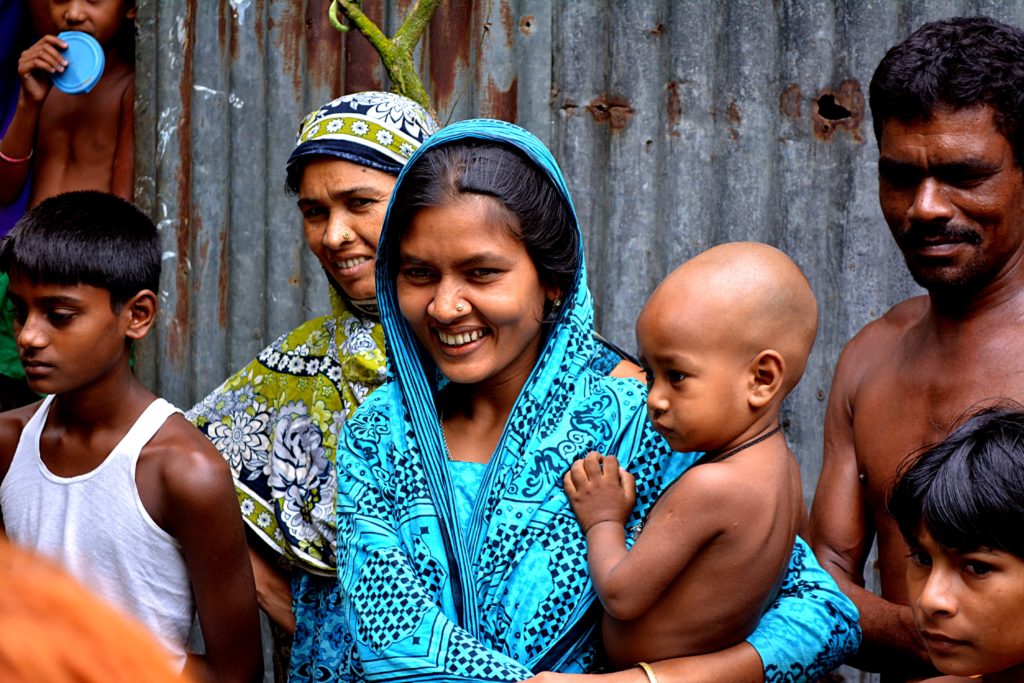
Photo by Theodore Goutas on Unsplash
At the same time, the infrastructure of roads and hospitals in our country is not at its best to provide assistance to pregnant women. Many rural women give birth at home, having no clinics nearby. In addition to that, the number of home delivery has also increased by 73% due to the lockdown in the country. This increase will impact the number of maternal mortality due to adequate prenatal care at home.
It is high time to take immediate steps to curtail the rate of maternal mortality. There is some historical evidence that proves that reducing maternal mortality is possible without modern technology and procedures. Sweden portrays the best model for reducing maternal mortality as they prioritised the health of mothers. They used trained, educated midwives supervised by public health officials by the late nineteenth century. 78 percent of women were attended by a licensed midwife at home, and only two to five percent gave birth at a hospital. This reduced the maternal mortality rate greatly and the introduction of antiseptic was the second method for reducing MMR.
Other countries such as the Netherlands, Denmark, and Norway implemented the same model and that resulted in a reduction in the maternal mortality rate. This model might not be direct instructions but it can be taken as a guide for formulating strategies best for our country. Women’s health should be prioritized at first to identify the current problems of maternal mortality so that the govt can fight against the odds. The use of trained midwives at home provided by public health clinics should be accentuated. Furthermore, the government and other stakeholders should arrange effective campaigns regarding the depletion of child marriage and c-section deliveries in the urban and rural areas.
An educated woman is more aware of her health and she is able to make the best decision for herself. That leads us to educate the women of our country, enabling them to understand the need and benefit of prenatal care and to facilitate themselves with proper health care systems. An increase in maternal educational attainment contributed to the global decline in maternal mortality, according to a 2010 Lancet study.
Women are dying in arduous pain every day, trying to bring new lives. A country can not achieve its highest success leaving its women to demise. Childbirth should be safe so that our country can be the place where women can gain the highest attainable health and learn to live in genuine freedom and solidarity. As mentioned in the WYA’s White paper, “To make childbirth safe, childbirth must come first among global maternal health priorities.”
Published: May 14, 2021
Written by Selina Jahan, a WYAAP Program Development Alumni Intern from Bangladesh. She is a student from the Department of Organization Strategy & Leadership student at the University of Dhaka. She is also presently the Chapter Coordinator for the WYA University of Dhaka chapter.
Interested in the WYAAP Regional Internship? Visit bit.ly/wyaaponlineinternship

